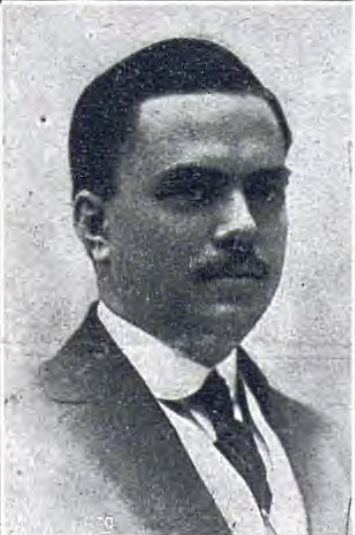1935 Cuban Ambassador to the Holy See
- Quick Fact: Nicolás Rivero Alonso was the First Cuba’s Ambassador to the Holy See
The year 1935 marked a significant chapter in Cuban diplomatic history, particularly in its relations with the Holy See. The appointment of Cuba’s first official ambassador to the Vatican symbolized a strengthened connection between the island nation and the central authority of the Roman Catholic Church. This article explores the key figures, historical significance, and impact of this diplomatic milestone.
Nicolás Rivero Alonso: Cuba’s First Ambassador to the Holy See

Nicolás Rivero Alonso was appointed as the Cuban Ambassador to the Holy See in 1935, making history as the first official representative of Cuba to the Vatican. Born on December 15, 1886, in Havana, Rivero was a distinguished journalist and diplomat who played a vital role in fostering Cuba-Vatican relations.
Background and Diplomatic Career
Before his tenure as Cuba’s ambassador, Rivero Alonso held several important positions:
- Cuban Consul in Marseille (1909): He gained early diplomatic experience representing Cuban interests in France.
- Inspector of Consulates and Administrator of the National Bank of Cuba: His role in financial administration showcased his versatility as a public servant.
- Honorary Consul General of Hungary in Havana (1929): His diplomatic career extended beyond Cuban-Vatican relations, reflecting his global outlook.
The Appointment and Its Significance
Rivero Alonso’s appointment in 1935 signified Cuba’s formal commitment to maintaining strong relations with the Holy See, reinforcing shared values rooted in Catholicism. The establishment of an official Cuban embassy at the Vatican demonstrated the country’s dedication to fostering international alliances based on faith, diplomacy, and mutual respect.
The Role of the Cuban Ambassador to the Holy See
As Cuba’s official envoy, Rivero Alonso’s primary responsibilities included:
- Strengthening Cuba-Vatican diplomatic ties.
- Representing Cuban interests within the Holy See.
- Collaborating with the Pope and other Vatican officials on religious and cultural matters.
- Advocating for Cuban Catholics and ensuring that religious freedom remained a priority.
Debunking Misconceptions: Was Juan Bautista Roig the 1935 Ambassador?
Some historical sources mistakenly attribute the role of Cuban Ambassador to the Holy See in 1935 to Dr. Juan Bautista Roig. However, credible diplomatic records confirm that Nicolás Rivero Alonso held this esteemed position. Such misattributions highlight the importance of accurate historical documentation.
The Legacy of Nicolás Rivero Alonso
Rivero Alonso continued to serve as Cuba’s ambassador to the Holy See until 1945. His decade-long tenure contributed significantly to the enduring diplomatic relations between Cuba and the Vatican. Following his diplomatic career, he resided in Rome until his passing on April 19, 1946.
Long-Term Impact on Cuba-Vatican Relations
- Establishment of formal diplomatic channels between Cuba and the Vatican.
- Encouragement of religious cooperation within Cuban society.
- Inspiration for future diplomatic appointments that strengthened bilateral relations.
Conclusion
The appointment of Nicolás Rivero Alonso as the 1935 Cuban Ambassador to the Holy See was a pivotal event in Cuba’s diplomatic history. His contributions laid the foundation for stronger Cuba-Vatican ties, influencing religious and political dynamics for years to come. Recognizing his role ensures an accurate understanding of Cuba’s international relations and historical milestones.






